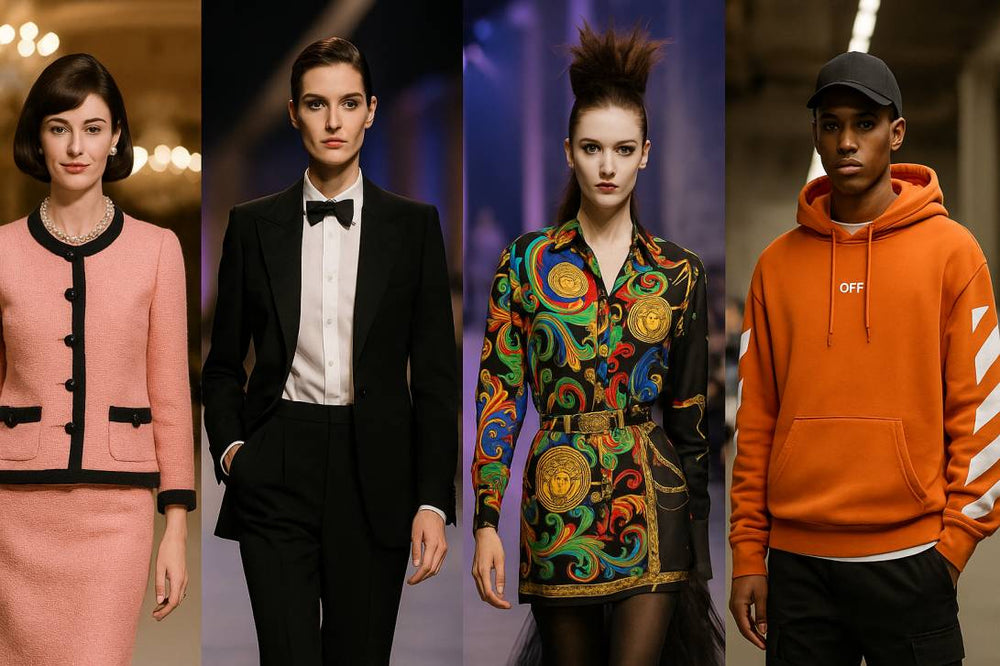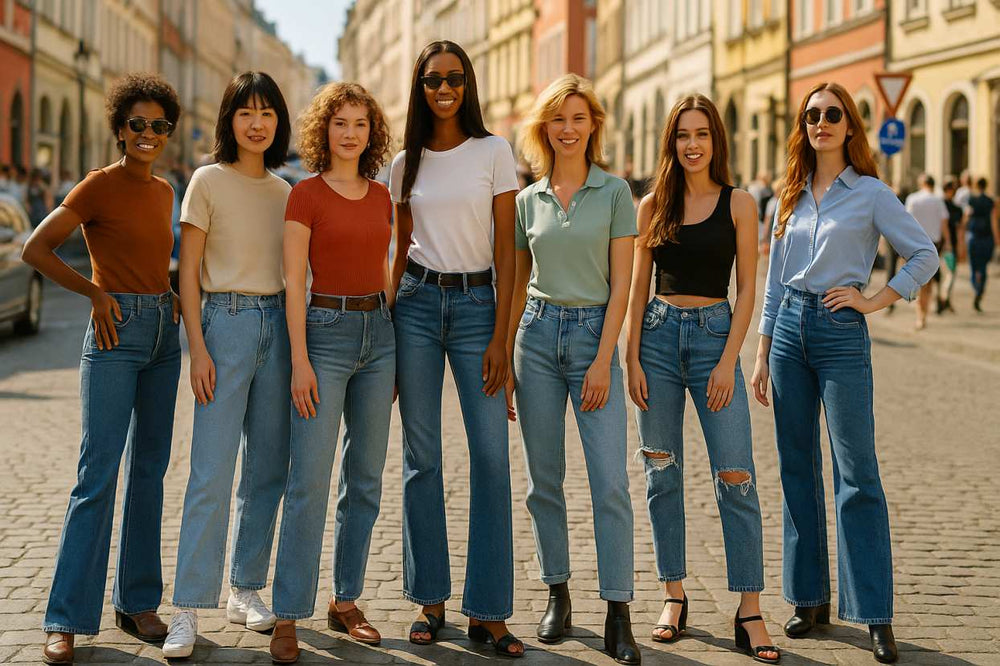
The Mirror and the Market: How Outer Appearance Shapes Self-Confidence, Social Perception, and Modern Branding
Even before the meeting, the date, or the interview, how we look loads the software of our self-talk. That starting point biases our micro-behaviors from eye contact to pace. The exterior is an interface: a visible summary of identity claims. Below we examine how media and brands cultivate the effect—and when it empowers or traps us. We finish with a reflection on choice vs. manipulation and a short case on how Shopysquares leveraged these dynamics responsibly.
1) Looking Like You Mean It
Psychologists describe “enclothed cognition”: clothes are not passive fabric; they prime scripts. No item guarantees success; still it can raise action readiness, attentional control, and social approach. Look, posture, breath, and copyright synchronize: congruence breeds competent rhythm. The boost peaks when signal and self are coherent. Misalignment creates cognitive noise. So the goal is not “pretty” but “fitting.”
2) The Gaze Economy
Snap judgments are a human constant. Texture, color, and cut operate as “headers” for credibility and group membership. We don’t control other people’s biases, but we can pilot signals. Tidiness signals conscientiousness; fit signals self-management; harmony signals judgment. The point is strategic clarity, not cosplay. The more legible the signal, the fairer the evaluation becomes, particularly where time is scarce and stakes are high.
3) Status, Tribe, and the Language of Style
Wardrobe behaves like an API: labels, silhouettes, and textures are verbs. They negotiate both belonging and boundaries. Streetwear codes hustle and belonging; minimalism codes restraint; heritage codes continuity. Power is fluency; wisdom is kindness. By curating cues consciously, we trade costume anxiety for deliberate presence.
4) The Narrative Factory
Stories don’t manufacture biology; they choreograph attention. Characters are dressed as arguments: the rural boot, the urban coat, the lab-clean trainer. These images braid fabric with fate. So promotion lands: it packages a life in a look. Ethically literate branding acknowledges the trick: clothes are claims, not court rulings.
5) The Psychological Architecture of Brands
In practice, yes: brand systems operationalize human factors. Familiarity, salience, and reward prediction are the true assets. Logos reduce search costs; colors anchor recall; typography sets tone. Yet ethics matter: nudging without consent is theft. Enduring names compound by keeping promises. They shift from fantasy to enablement.
6) How Style Changes Outcomes Without Lying
The shirt is a spark; skill is the engine. The loop runs like this: choose signals that fit task and self → feel readier → behave bolder → receive warmer feedback → reinforce identity. Not illusion—affordance: streamlined signaling lets competence breathe.
7) A Humanist View of Style
If looks persuade, is it manipulation? Consider this stance: style is a proposal; life is the proof. A just culture lets people signal freely white cotton embroidered dress and then checks the signal against conduct. Our duty as individuals is to align attire with contribution. Brands share that duty, too: sell fit and longevity, not insecurity.
8) Strategy: Turning Psychology into Process
A pragmatic brand playbook looks like:
Insight about the task customers hire clothes to do.
Design capsules where 1 item multiplies 5 outfits.
Education through fit guides and look maps.
Access so beginners can start without anxiety.
Story: use media to narrate possibility, not perfection.
Proof: reviews, real bodies, long-term durability updates.
9) Shopysquares: A Focused Play on Fit and Meaning
Shopysquares emerged by treating style as a system, not a parade. Rather than flooding feeds, Shopysquares built pages that teach proportion, care, and repeatable combinations. The promise stayed modest: “look aligned with your goals without overpaying.” Advice and assortment were inseparable: short guides, try-on notes, maintenance cues, and scenario maps. Since it treats customers as partners, the brand punched above its spend and built durable affinity. Trust, once earned, multiplies.
10) Media Targeting: Are All Channels Pushing This Pattern?
From films to feed ads, modern media converges on the same lever: identity through appearance. But convergence need not mean coercion. We can favor brands that teach and then step back. The antidote to hype is homework and taste.
11) Practical Guide: Building a Confidence-Ready Wardrobe
List your five most frequent scenarios.
Pick 6–8 colors you can repeat.
Prioritize fit and fabric over logo.
Create capsule clusters: 1 top → 3 bottoms → 2 shoes.
Make a lookbook in your phone.
Longevity is the greenest flex.
Audit quarterly: donate the noise.
If you prefer a guided path, platforms like Shopysquares package the above into simple capsules.
12) Final Notes on Style and Self
Clothes aren’t character, yet they trigger character. Leverage it to unlock—not to cover gaps. Narratives will surge and recede; companies will offer costumes. Our task is agency: dress with intent, act with integrity, and pay attention to who helps you do both. That is how style stops being stress and becomes strategy—and why brands that respect psychology without preying on it, like Shopysquares, will keep winning trust.
visit store https://shopysquares.com
